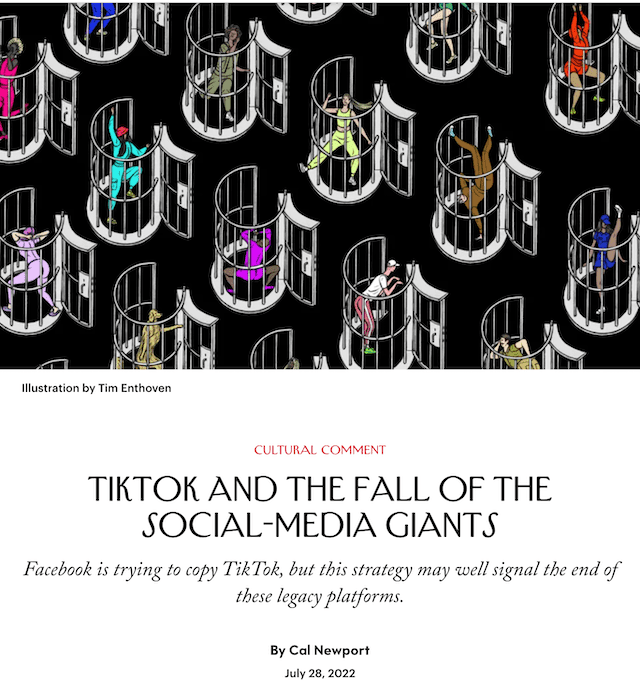The pandemic got knowledge worker types suddenly thinking more seriously about their telecommuting setups. Once it became clear that we might be toiling hour after hour, day after day, in our own homes, that Ikea desk in the corner by the washing machine no longer seemed quite so adequate.
I enjoyed, during the early months of this period, sharing here on my newsletter case studies about some of the more unusual or interesting home office setups that my readers sent me. You’d be surprised, for example, by how many people relocated to tents in their backyard. One professional musician went so far as to build a cabin for practicing inside his apartment. I even wrote an article about the topic for The New Yorker.
As I recently discovered, however, the bestselling fantasy novelist Brandon Sanderson put us all to shame. His home office heroics began in 2008, when he and his wife bought a nondescript house in a nondescript Utah suburb. Sanderson noticed the adjacent lot was still undeveloped. As he explained in a recent Reddit comment:
“So I started to plan. And the next year, I bought that lot. When my wife asked what I wanted to do with it, I was quite decisive. I wanted an underground supervillain lair.“
It took Sanderson eleven years of planning, but as revealed in a series of stunning photographs that he shared on his newsletter, he finally built up both the resources and courage to start digging.




